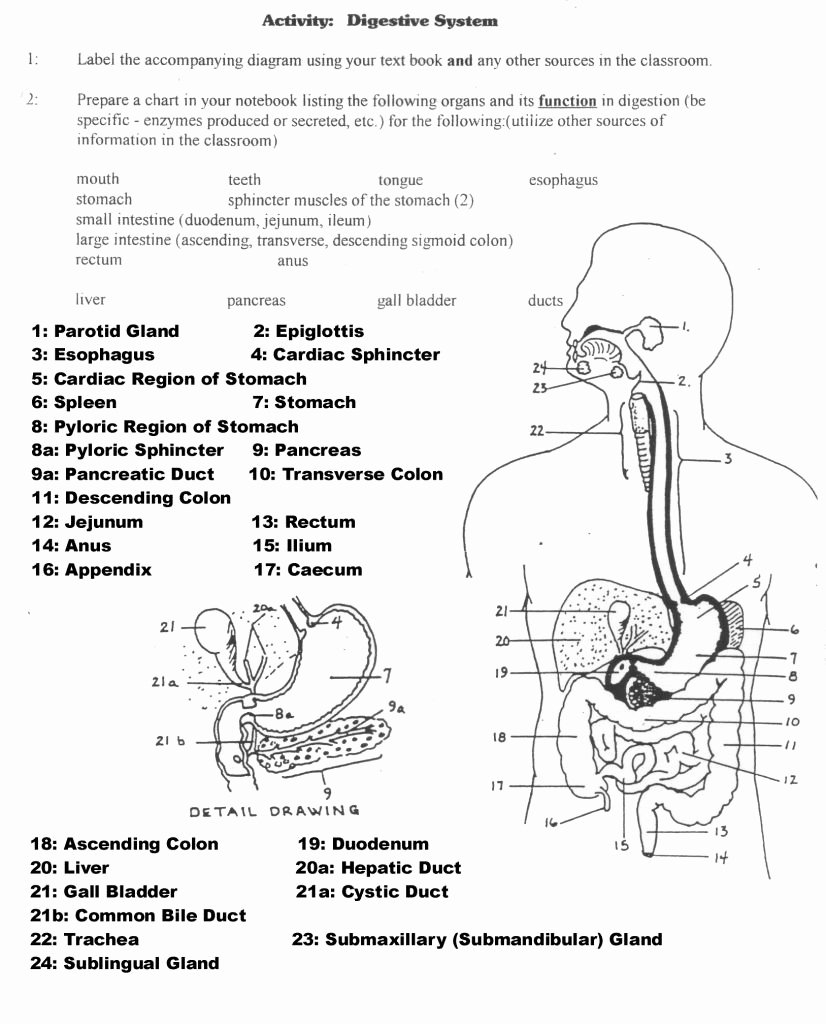Comparative anatomy is the study of similarities and differences in the anatomy of different species. When it comes to digestive systems, animals have evolved unique adaptations to suit their dietary needs and lifestyles. This worksheet provides a comprehensive overview of the digestive systems of various animals, highlighting their structural and functional differences.
One of the key distinctions in digestive systems of animals is between herbivores and carnivores. Herbivores have longer digestive tracts designed to break down plant material, which can be tough and fibrous. They often have multiple stomach chambers or specialized structures like cecums to aid in fermentation and cellulose digestion. Carnivores, on the other hand, have shorter digestive tracts optimized for digesting meat. Their stomachs produce more acidic digestive juices to break down protein efficiently.
Comparative Anatomy Of Digestive Systems Of Animals Worksheet.pdf
Ruminants vs. Non-Ruminants
Within herbivores, there is a further division between ruminants and non-ruminants. Ruminants, such as cows and sheep, have a unique digestive system with four compartments in their stomachs. This allows them to ferment plant material effectively and extract nutrients. Non-ruminants, like horses and rabbits, have a simpler digestive system without multiple stomach chambers. They rely on hindgut fermentation in their cecum and colon to extract nutrients from plant material.
